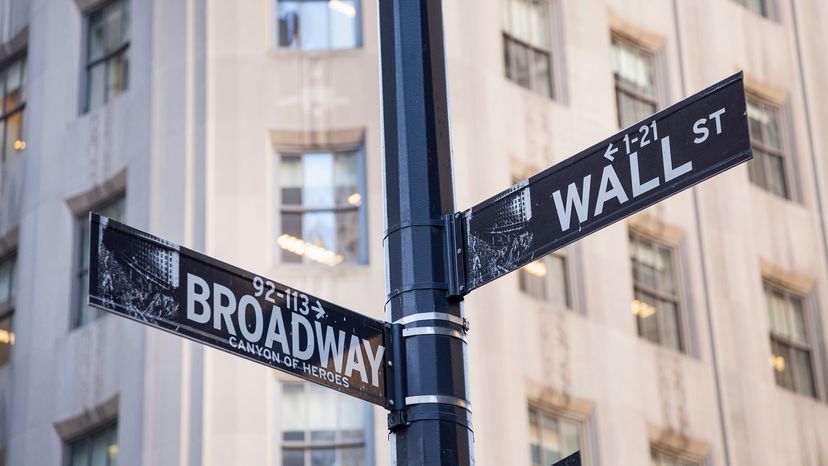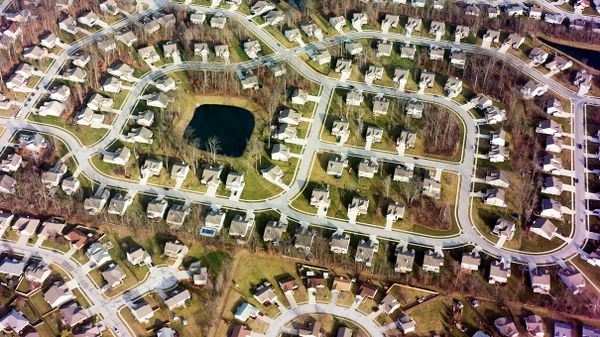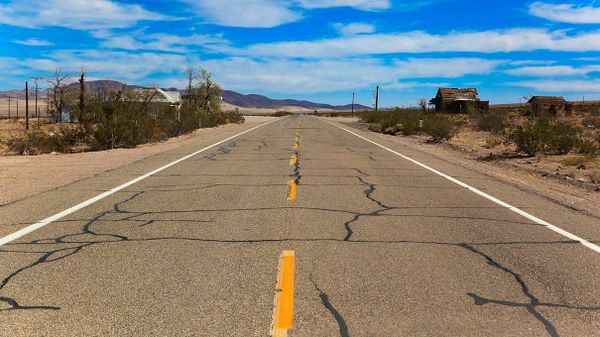
Ever wonder why the road you live on may be called an avenue, a boulevard or a court instead of a plain old street? Was it the whim of your neighborhood's developer or the town council? Actually, there are rules regarding road classifications. And while they're not always followed, typically they are.
The basic premise behind road-naming conventions, which are fairly consistent around the world, is that the name bestowed upon a road depends upon its size and function. A road, for example, is a path that connects two points. Generally, roads head out of town or away from the heart of a city. A street, in contrast, is a public road with buildings on both sides. This means that a street is also a road, but a road isn't necessarily a street.
Advertisement
Avenues generally run perpendicular to streets but also have trees and buildings on both sides. And each municipality decides in which direction to place its streets and avenues. In Manhattan, for example, avenues run north and south, while streets run east and west. In Denver, it's the opposite. And in Tucson, they got innovative, calling the roads running diagonally to streets and avenues "stravenues" (postal abbreviation = STRA).
So streets, avenues and roads are the main names for our passages. But here are some other common road definitions.
- Boulevard: A wide street with trees and other vegetation on one or both sides and, often, a median to divide traffic.
- Court: A street ending in a loop or a circle, aka a cul-de-sac.
- Crescent: A winding, curved road that typically attaches to another road at each end.
- Drive: A long road that winds around a geographical feature such as a river or mountain.
- Lane: A narrow road that typically leads to a residential zone. Lanes are often found in rural areas.
- Place: A road or street with a dead end that's not a loop or circle.
- Terrace: A street following the upper portion of a slope.
- Way: A small street branching off a road. These passages are usually short and often feature a dead end.
In addition to U.S. municipalities following fairly standard street-naming conventions, most major cities are laid out in a grid system, where the streets run at right angles with each other. This makes it relatively easy to find your way around. Chicago took things a step further by selecting the intersection of State Street and Madison Avenue in the heart of the city as its zero coordinates. This means if your address is 5420 North Lotus, you live 54 blocks north of State and Madison.
When it comes to giving streets their first names (e.g., Main, Washington, Blueberry), this is generally the province of subdivision developers, with the blessing of the municipality. The two groups that have the most veto power over proposed names are the police and fire departments, who want unique monikers that can be easily distinguished in an emergency.
Advertisement


